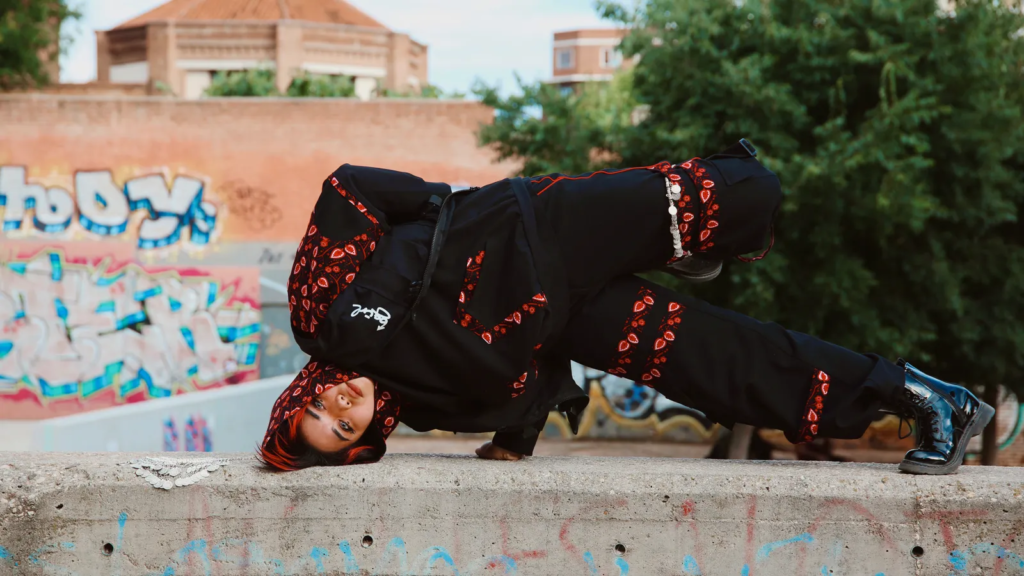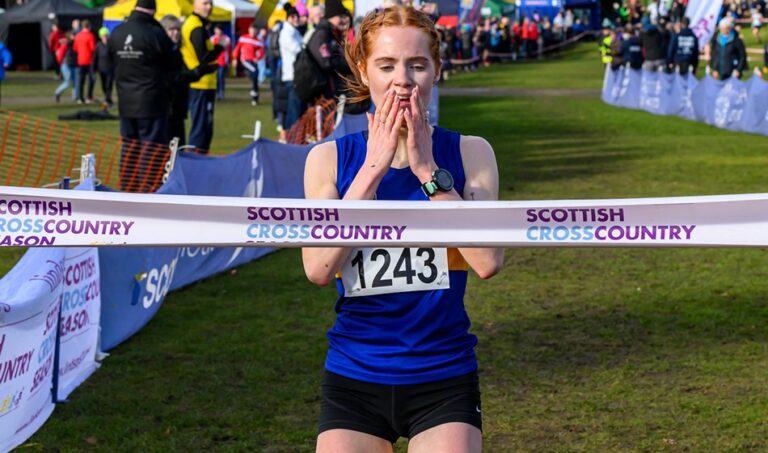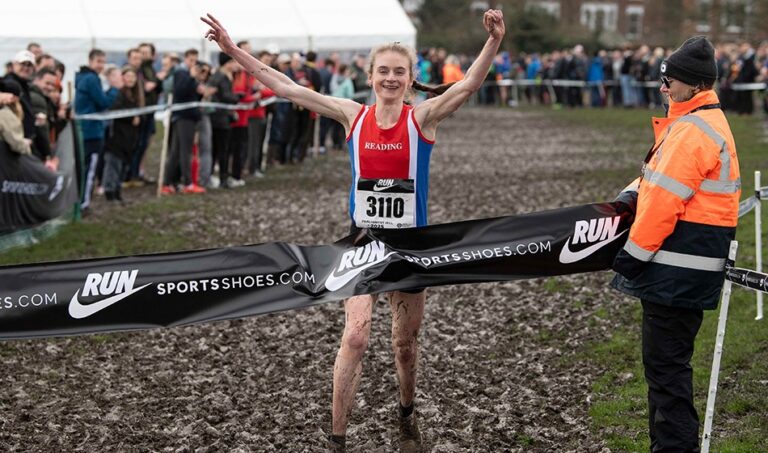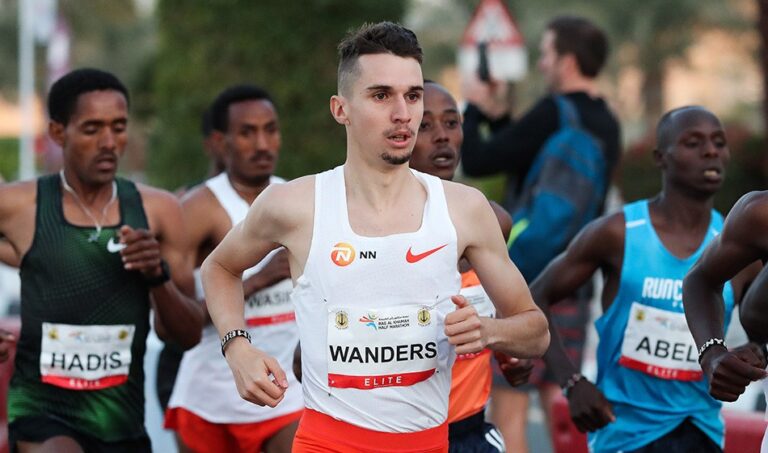
Manizha the first Afghani breakdancer
Defiant breaker Manizha Talash claims that Afghan girls’ bravery in qualifying for the Games demonstrates that “everyone can achieve their dreams, even if they are in a cage.”
Manizha Talash wasn’t initially convinced when she came upon a video of an Afghan breakdancer on social media in 2020. However, one instant transformed her life, giving the 17-year-old Kabul resident new hope and opportunities.
In an attempt to pick up tips from the person who coached the breakdancers, known as the Superiors Crew, three months later, Talash plucked up the guts to go to the gym.

Afghanistan’s first female
“There were 55 young men, and I was just a young lady,” Talash made sense of. From the get go, she was reluctant to do anything over watch the artists, yet as she got to know the breaking local area, her interests vanished – and her assurance to seek after the game expanded.
“In that rec center, orientation was not significant,” she talked, affectionately of the Bosses Team. “At school or in my family, they generally told me, ‘You’re a young lady. You can’t do that thing, or that game, or that work,” she expressed certainly in wonderful Spanish, a language she learned in the wake of tracking down wellbeing in Spain in 2021. “In any case, inside that exercise center, they generally told me, ‘You can make it happen. It isn’t unthinkable. It is troublesome, however it isn’t incomprehensible.'”
So she got to work, dominating power moves in preparing and opening a more extensive comprehension of hip-jump culture, as well as her place inside this unique fine art. She did this under the careful focus of her most memorable mentor Jawad Sezdah — the very artist she found in the web-based video that lighted her energy in any case.
After four years, she is presently Afghanistan’s first “b-young lady”, a term to portray female breakdancers. Donning short, uneven hair and a streetwear style, her cool and gathered disposition gives a false representation of the vast long stretches of work she put in to accomplish her fantasies.

Presently 21, she’s planning to contend in the Paris Olympic Games, crediting Kabul’s affectionate breakdancing local area for assisting her with arriving.
The difficult path to the Olympics
In any case, it hasn’t been a simple excursion to the Games.
The breakdancing exercise center in Kabul went under assault on numerous occasions, in a nation wrestling with political and social beat where the job of ladies openly draws specific examination.
A vehicle bomb detonated external the scene and in a different occurrence, police kept a future self destruction plane. The artists were left with not many choices when the club ultimately shut over security concerns.
As a female breakdancer, Talash likewise began getting passing dangers. That was the point at which she chose to change her name — Talash, the name she embraced, is a Persian word for “endeavoring” — to safeguard her friends and family from likely risk. “I was just apprehensive for my family,” she tranquilly made sense of, keeping up with the demise dangers wouldn’t prevent her from accomplishing her fantasies.
Then, at that point, things deteriorated. In 2021, the Taliban recaptured control of Afghanistan, carrying with them a dubious new arrangement of crackdowns on ladies’ privileges.

Talash didn’t trust that the Taliban will prohibit music and young ladies’ schooling or strip away their opportunity to visit parks, fairs, and exercise centers. With her breakdancing dreams presently not valid, she escaped across the boundary into Pakistan, requiring her 12-year-old sibling with her.
The next year is one that the Olympian said she yearns to neglect. Unfit to prepare, isolated from her mom and abandoned without an identification, she had to hang tight for her case to be handled so she could leave Pakistan for Europe.
She was in the long run conceded haven in Spain, and carved out opportunity to irregularly move while changing in accordance with her new life and working in a boutique in the little northern town of Huesca. It was Talash’s companions who would not let the breakdancer surrender trust, frantically connecting with contacts and sharing Manizha’s story with expectations of grabbing the eye of unmistakable donning coordinators. They were effective.
When the Olympic Evacuee Establishment found out about Talash’s story, her direction to donning fame took off. While it was at that point beyond any good time to enroll for qualifying breaking occasions that guarantee a competitor’s spot in the Olympics, her account of flexibility caught the consideration of the IOC chief load up who offered her a spot in the Exile Olympic Group. Talash went to Madrid, leaving a tiring six-day seven days preparing project and focusing on one of the world’s greatest games: the Olympic Games.
Chasing Olympic gold
As a cutthroat game, breakdancing is alluded to as “breaking”, and it’s one of four new occasions appearing at the current year’s Olympic Games in Paris. More than two days, beginning on August 9, 16 b-young ladies and 16 b-young men will clash in performance fights, seeking makes a decision about focuses chasing winning gold.
The opposition begins with a cooperative stage, after which victors advance on to quarterfinals, elimination rounds and the finals across five difficult hours. During each fight, passes judgment on score the breakdancers on various abilities including musicality, jargon, inventiveness, method and execution. Across the high-stakes competition day, breakers have only 60 seconds to exhibit their everyday practice during the throwdown, the term for a best-of-three fight.

Talash will leave a mark on the world, contending under the name “B-young lady Talash”, when she turns into the main competitor to vie for the Evacuee Olympic Group in breaking at the current year’s Late spring Games, only three years in the wake of being compelled to escape her home.
Somewhere in the range of 1999 and 2002, the Global Olympic Board (IOC) restricted Afghanistan over the country’s oppression ladies. Passage was subsequently reestablished, yet political strife as of late has projected vulnerability over the country’s future Olympic support. This year will check whenever under Taliban first control that six Afghani competitors will be allowed to contend in the games. The competitors will contend under the banner of the old Afghan government, to a limited extent in light of the fact that the Taliban isn’t perceived by the worldwide local area.
The choice to permit Afghanistan to send competitors to the Olympics has provoked worry from some, with the country’s most memorable Olympic competitor Friba Rezayee approaching the IOC to restrict Afghanistan from the games over their basic liberties record, saying it was “hazardous.” It’s since been affirmed the Taliban will not be going to the games, and the group’s appearance has been promoted as a “representative” move.
As an evacuee living in Spain, Talash couldn’t be important for the Afghanistan group, and needed to track down an elective course to the Olympics. For most exile competitors, it’s dangerous to get back to their nations of origin and go after their public groups. The Exile Olympic Group, what began with the 2016 Olympic Games in Rio, chooses competitors in view of their donning level and displaced person status, making it feasible for them to contend.
The size of the Outcast Olympic Group has developed over the last three Summer Games, reflecting the raising worldwide evacuee emergency. For the Paris 2024 Summer Olympics, the outcast group includes 36 competitors from 11 nations, and includes 12 games.
This year, the IOC is supporting a “1 of every 100 Million” mission to bring issues to light of exile competitors who are illustrative of the world’s 100 million dislodged individuals.
Hope for a superior future
For Talash, being at the Olympic Games is now a colossal victory. In any case, decorations are additionally on the line and the Exile Olympic Group trusts this could be the main year they win gold. As a general newbie to the cutthroat breaking scene, Talash faces fierce opposition from various honor winning b-young ladies. There’s a nearby challenge for gold anticipated among Japan’s b-young ladies Ayumi Fukushima and Ami Yuasa, as well as Lithuanian title holder Dominika Banevic and China’s Liu Qingyi (known as 671).
Talash will likewise address the voices and dreams of ladies in Afghanistan when she takes to the world stage.
“I’m here, it’s not because I’m afraid of the Taliban or it’s because of my life, no,” the athlete said defiantly. “I want my big dream; I want to do something for the Afghan girls.”
In the wake of contending in her most memorable Olympic Games, Talash likewise plans to launch a dress line that draws motivation from her nation of origin and might uphold ladies who are generally unfit to work.
“I have a lot of plans for girls who are in Afghanistan,” she said. “If you can’t work outside, you can work at home, and you can help me make clothes here. So, I have many plans.”
Talash likewise stays hopeful about Afghanistan’s future and even desires to get back and vie for her own country one day.“I think the future of Afghanistan can also be like other countries,” she added. “If the Taliban leaves, I’ll go. I would like to return to my country,” she said.

Like other Afghan voices associated with the current year’s Olympic Games, Talash is resolved that Afghanistan’s ladies and young ladies stay more important than anything else to individuals.
“Please, do not forget the girls who are in Afghanistan,” she urged, adding: “My participation in the games shows the courage of Afghan girls, which means everyone can achieve their dreams, even if they are in a cage.”








